Cannabinoid THC Dominant
THC 17 - 24%
CBD 0.6 - 0.85%
Effect Euphoric
Side Effect Thirst and dry mouth
Flavor Lemon
Shaved Ice Strain
THC
CBD
Potency
Shaved Ice cannabis is a rare Indica-dominant hybrid with 80% Indica and 20% Sativa genes. There is a significant variation in the THC content brought by this phenotype to the table. The level of tetrahydrocannabinol can vary from an average of 17% to a pretty potent 24%. By modern-day marijuana standards, it is pretty strong. The concentration of cannabinoids found in the plant, including cannabidiol, is as follows:
- CBD 0.6-0.85%
- CBC 0.09-0.2%
- CBG 0.57-0.74%
- CBN 0.58-0.71%
- THCV 0-0.27%
Due to its potency, the hybrid can be unsafe for beginning smokers who are not accustomed to THC intoxication. Cuts with an upper possible THC level are recommended only for veterans.
Major Terpenes and Aromas
An insanely delicious aroma profile causes many users to love the Shaved Ice strain. The buds have a super fruity smell with notes of berries, apricots, and nuts with added citrus hints. Sweet fruit and flowery scents are blended with sour lime and lemon flavors, forming an unforgettable smoking experience. There may be mild earthy overtones on the exhale.
These flavors are caused by naturally occurring compounds that create an aromatic image of this weed. Indeed, Shaved Ice is rich in terpenes that are manifested by:
- Limonene
- Linalool
- Myrcene
- Valencene
- Phellandrene
Benefits and Medicinal Uses
The high caused by Shaved Ice is similar to its smell – adorable and unforgettable. It is quite heady but perfect to wind up a stressful working day. It begins with an uplifting euphoria that quickly fills users’ minds. Smokers are fueled with energy and can become giggly at times. As the high continues, people slip into a deep sense of relaxation that may lead to sleepiness, depending on their tolerance level. This cannabis can induce hunger in some individuals, which is a good characteristic for those who suffer from a lack of appetite. Also, it can cause tingles throughout the body.
The Shaved Ice strain is used to reduce symptoms caused by stress and depression and ease pain and discomfort brought by arthritis.
Smokers who use too much of this kush may experience unpleasant effects:
- Thirst and dry mouth
- Panic attacks
- Dry eyes
- Concern
There is also a possibility of developing slurred speech and low blood pressure.
How to Grow Shaved Ice
It is not tricky to cultivate and maintain Shaved Ice; moreover, the plant’s height doesn’t exceed 30-60 inches. It grows inside and outside with a typical flowering stage that lasts 52-64 days. The strain is ready for harvest in 62 days. The indoor weed production amounts to 1-2 oz./ft2, and outdoor yields can be 10-15 oz./plant. The buds are popcorn-shaped with purple undertones and a thick coating of white crystal trichomes.
Side Effects
Simply let us know how this strain tastes or write a detailed review.
Shaved Ice Strain Cannabinoids
| THC | Tetrahydrocannabinol, or THC, is a major cannabis chemical compound. It is a psychoactive element that stimulates dopamine release and induces euphoria or happiness. THC-rich strains may be helpful with such conditions as lack of appetite, chronic pains , etc. It is considered to be the primary active marijuana component. | 17 - 24% |
| CBD | Cannabidiol, or CBD, is a major compound in cannabis, which is non-psychoactive. It is also proved to counteract the side effects of the second major component THC. CBD is widely used for medicinal purposes in rubs, oils and so on. It is helpful in muscle pain cases, may treat arthritis and migraines. Even Greeks used it against pain, while Queen Victoria applied it to get rid of menstrual cramps. | 0.6 - 0.85% |
| CBC | Cannabichromene, or CBC, is a minor cannabinoid, meaning that its quantity in cannabis is quite little. Though it has the same origin as CBD and THC, it is different in functions. Without any psychoactive effects, it is an efficient cannabis compound in combating acne and depression. CBC produces analgesic, antibacterial and anti-inflammatory effects. | 0.09 - 0.2% |
| CBG | Cannabigerol, or CBG, is one of the minor cannabis compounds in adult plants. On the other hand, young ones contain a lot of this antibacterial and anti-inflammatory component. During the growth, CBG is converted into different cannabinoids, mostly THC and CBD. The compound itself increases appetite and decreases eye pressure. | 0.57 - 0.74% |
| CBN | Cannabinol, or CBN, is a trace element in cannabis that is considered to be mildly psychoactive. It appears from oxidation THC, exposed to light and heat. CBN is mostly contained in old cannabis and in traditional hashish. It is effective against insomnia, bacterial infections and appetite loss. | 0.58 - 0.71% |
| THCV | Tetrahydrocannabivarin, or THC-V, is a compound contained in cannabis in trace amounts. Even though it is close to THC molecularly, it is different in effects. This compound may be psychoactive only in large amounts. THC-V reduces blood sugar, controls appetite, stimulates bone growth, etc. African Sativa strains are the richest in THC-V. | 0 - 0.27% |
Shaved Ice Terpene Profile
| Carene | Carene (also known as Delta-3 carene) is a terpene found in rosemary, lemons, pines, and cedars, offering citrusy and cypress aroma. Studies on mice showed that carene provides anti-inflammatory effects, as well as promotes bone health and chronic pain relief. | 0.03% |
| Myrcene | Myrcene (also known as β-myrcene) is one of the most common terpenes found in cannabis, representing more than 20% of the modern marijuana terpene profile. Myrcene has a distinct earthy, musky flavor, resembling cloves. It is responsible for calming and soothing effects of weed. Myrcene is also found in hops, thyme, mango, lemongrass, guava melon. | 0.16% |
| Limonene | Limonene (also known as d-limonene) is the second most common terpene in nature and the third most common terpene in cannabis. It has a powerful citrus aroma and can be found in all citruses, including lemons, oranges, grapefruits, limes, juniper, etc. Limonene is known to elevate moods and provide anxiety, depression, and stress relief. | 0.26% |
| Linalool | Linalool (also known as beta linalool, linalyl alcohol, linaloyl oxide, and p-linalool) is one of the rarest terpenes found in cannabis, mostly in small quantities. Linalool is known for its spicy and lavender aroma, bringing relaxation and calming effects. It is also said to provide anti-inflammatory and analgesic properties that can be useful for athletes. | 0.26% |
| Bisabolol | Bisabolol (also known as α-Bisabolol or levomenol) is a lesser-known terpene found in cannabis. It contributes to anti-inflammatory, anti-irritant, antioxidant, anti-microbial, and analgesic properties of weed strains containing bisanol. Attentive smokers would be able to catch a nutty, fruity scent with herbal and floral undertones, with a tender trace of coconut. | 0.03% |
| Valencene | Valencene is a terpene that got its name from Valencia oranges - a fruit where It's initially found. Valencene offers citrusy, sweet aromas, with flavors having notes of oranges, grapefruits, tangerines, and, occasionally, fresh herbs or freshly cut wood. Citrus aromas, frequently found in a wide variety of cannabis strains, are contributed to by valencene, which is known for anti-inflammatory and insect repelling properties. | 0.12% |
| Phellandrene | Phellandrene (also known as alpha- and beta-phellandrene) is one of the rare terpenes found in cannabis with antihyperalgesic and antidepressive properties. Phellandrene contributes to a minty, woody, and mildly citrus aroma in cannabis. Previously confused with limonene and pinene, phellandrene was eventually distinguished as a separate terpene common for eucalyptus. Also, it could be found in mint, dill, black pepper, cinnamon, parsley, pine, and lavender. | 0.12% |
| Caryophyllene | Caryophyllene (also known as beta or b caryophyllene) is a terpene found in many herbs and spices, such as black pepper, basil, rosemary, and oregano. Cannabis high in caryophyllene delivers a strong spicy, peppery aroma, resembling cinnamon and cloves. Caryophyllene offers potent anti-inflammatory and sedative effects. | 0.03% |
| Total terpenes content | 1.01% |
Growing Info
Similar Strains
THC 20 - 21.67%
CBD 0.53 - 0.83%
Effect Giggly
Flavor Spicyherbal
THC 14.67 - 16.33%
CBD 0.75 - 1.19%
Effect Aroused
Flavor Tropical
THC 15 - 19%
CBD 1.01 - 1.17%
Effect Happy
Flavor Tea
THC 13.65 - 16.74%
CBD 0.02 - 0.29%
Effect Talkative
Flavor Pungent
THC 17 - 17%
CBD 0.45 - 0.67%
Effect Tingly
Flavor Mint
THC 17 - 19.5%
CBD 0.26 - 0.64%
Effect Happy
Flavor Berry
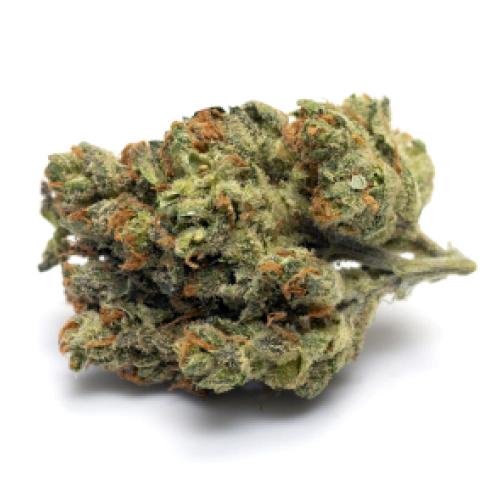
THC 15.8 - 17.8%
CBD 0.27 - 0.55%
Effect Happy
Flavor Earthy
THC 17.75 - 19.5%
CBD 0.53 - 0.86%
Effect Relaxed
Flavor Grape
THC 20 - 22%
CBD 0 - 0.28%
Effect Tingly
Flavor Peach
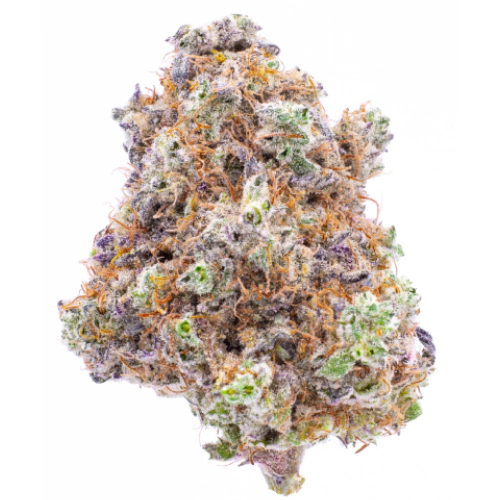
THC 13.5 - 15%
CBD 4.2 - 4.46%
Effect Sedated
Flavor Lemon
THC 18.33 - 19.67%
CBD 0.46 - 0.72%
Effect Tingly
Flavor Spicyherbal
THC 19 - 19%
CBD 1.15 - 1.3%
Effect Tingly
Flavor Pear
THC 10.75 - 15.03%
CBD 0.02 - 0.29%
Effect Hungry
Flavor Spicyherbal
THC 7.75 - 11.25%
CBD 4 - 7.5%
Effect Sedated
Flavor Pear
THC 16 - 20%
CBD 0.62 - 0.85%
Effect Happy
Flavor Apple
THC 15 - 18%
CBD 0.07 - 0.46%
Effect Giggly
Flavor Apple
THC 24.25 - 26.5%
CBD 0.36 - 0.71%
Effect Relaxed
Flavor Pungent
THC 15.5 - 19.5%
CBD 0.36 - 0.94%
Effect Relaxed
Flavor Lime
THC 12 - 15%
CBD 0.39 - 1.12%
Effect Hungry
Flavor Pungent




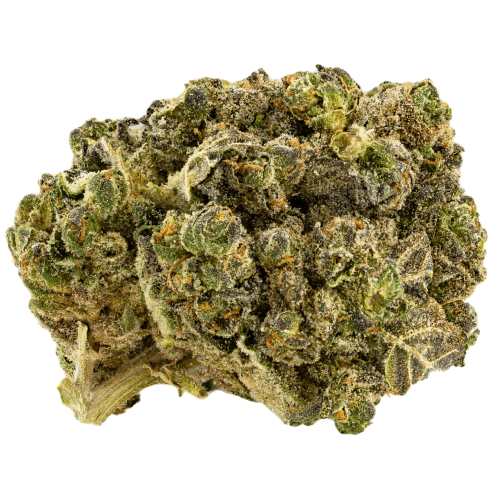
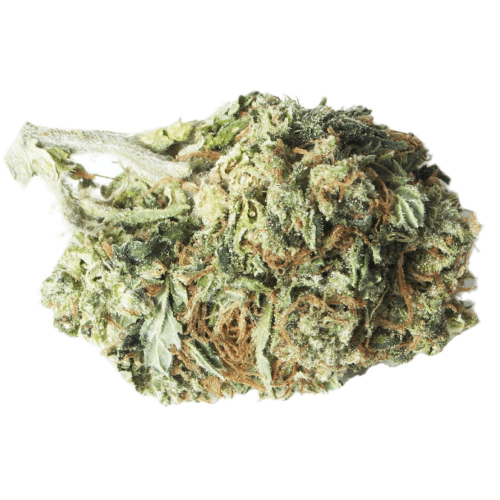
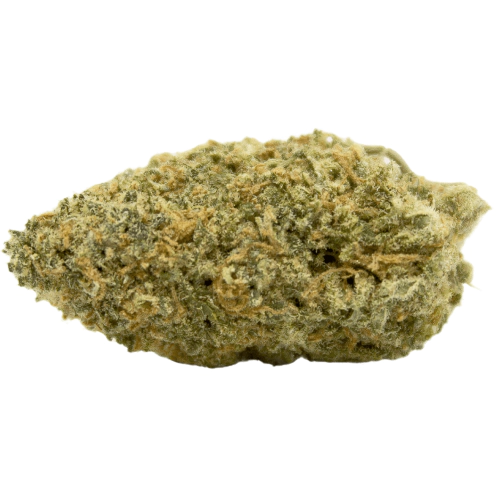
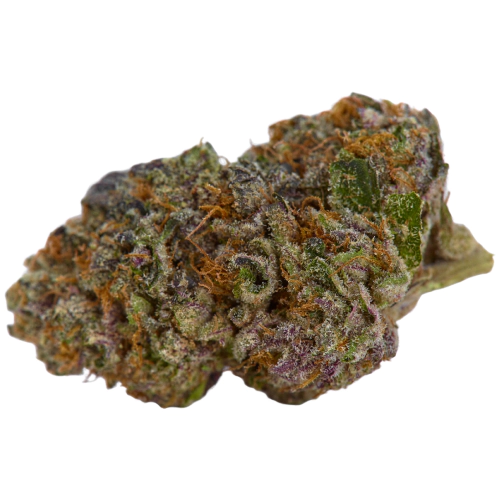
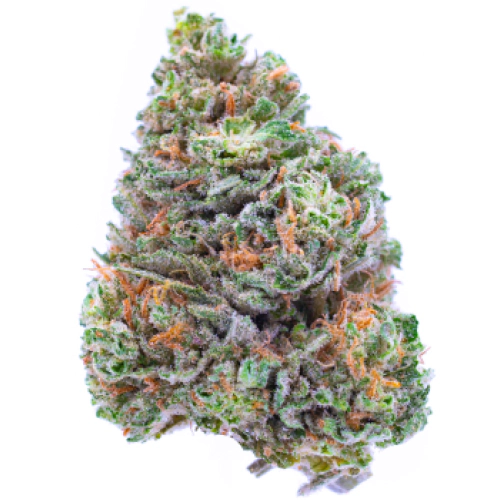

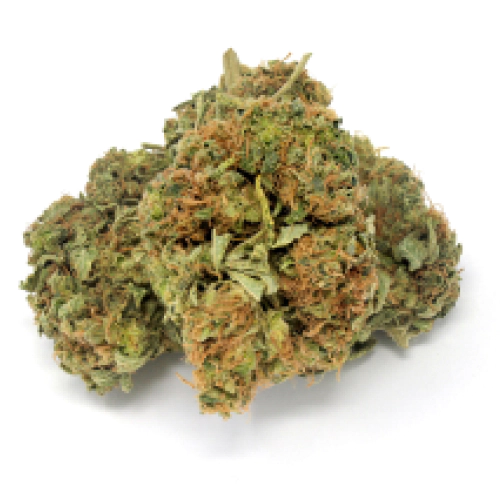


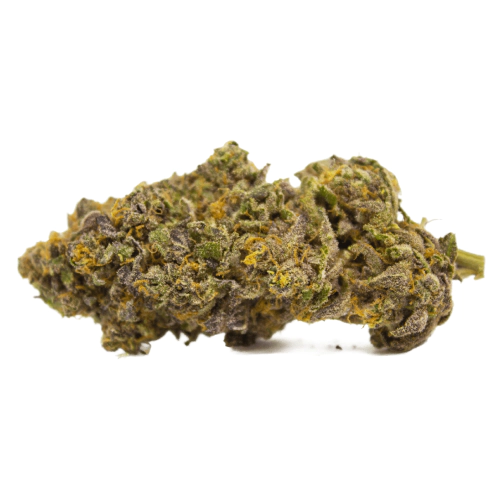
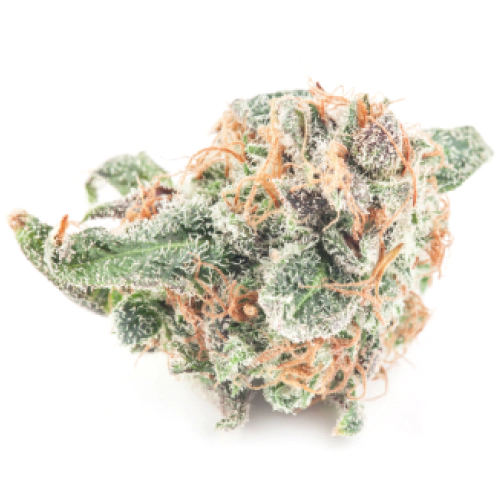
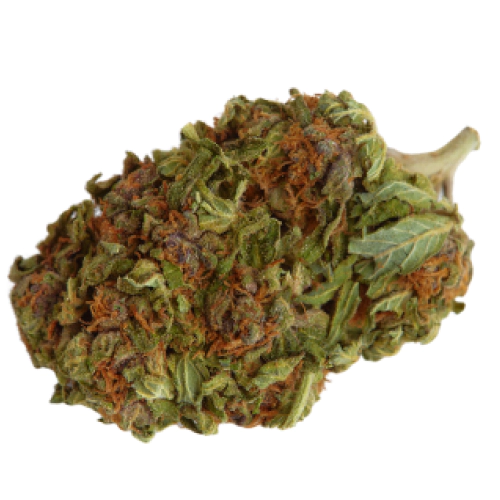
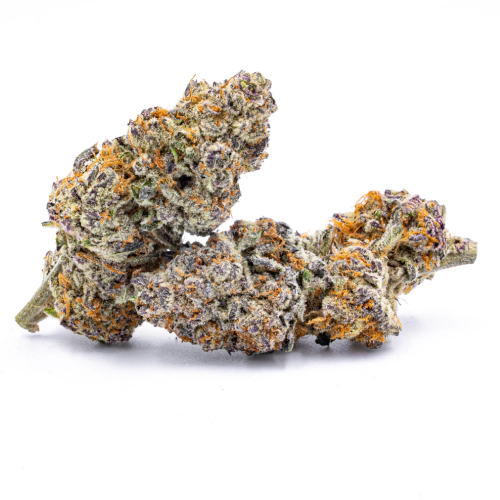
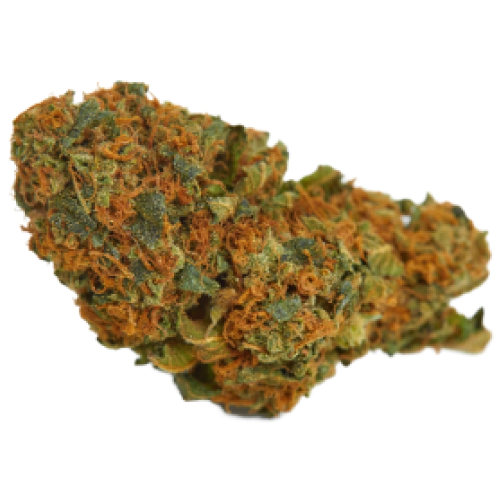
Be the first and share your opinion
Write a Review